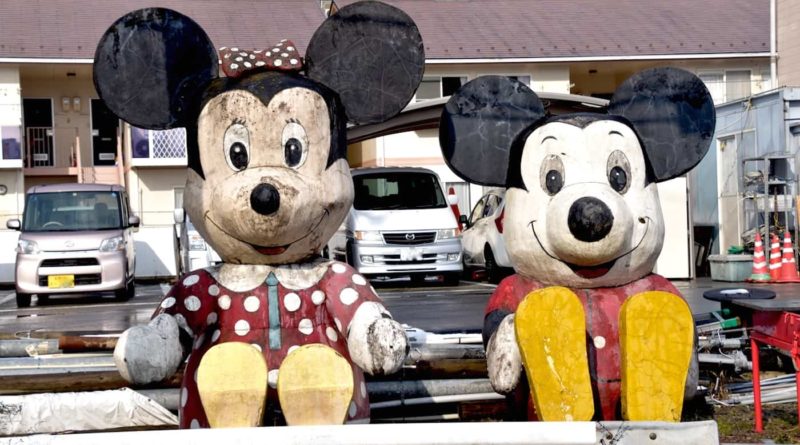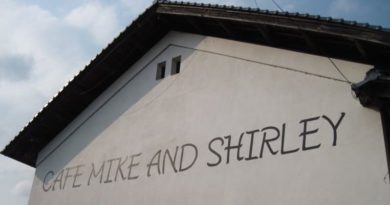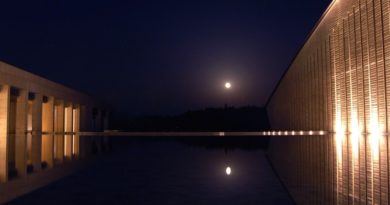Dolls, ghouls, origami and sharks in Miyoshi
Rural Miyoshi in the north of Hiroshima Prefecture is perhaps unlikely to be top of the list on a first visit to Japan, but, if you are serious about getting off the beaten track or looking for a country break, it’s an area well worth checking out.
As so often the case in the Japanese countryside, it’s not just the sights, but the unexpected that make for great memories. On one occasion we found ourselves face to face with a huge, thankfully caged, wild boar. On another, eating lunch in a lively karaoke bar with beer-drinking octogenarians. Aim for the tourist attractions, but be open to whatever you might come across on the way.
In days gone by, its position at the confluence of the three major rivers made the town of Miyoshi a significant trading station. Miyoshi’s commercial center may now be looking a little worn, but the well preserved historical district across the Tomoe Bridge is quite pleasant.
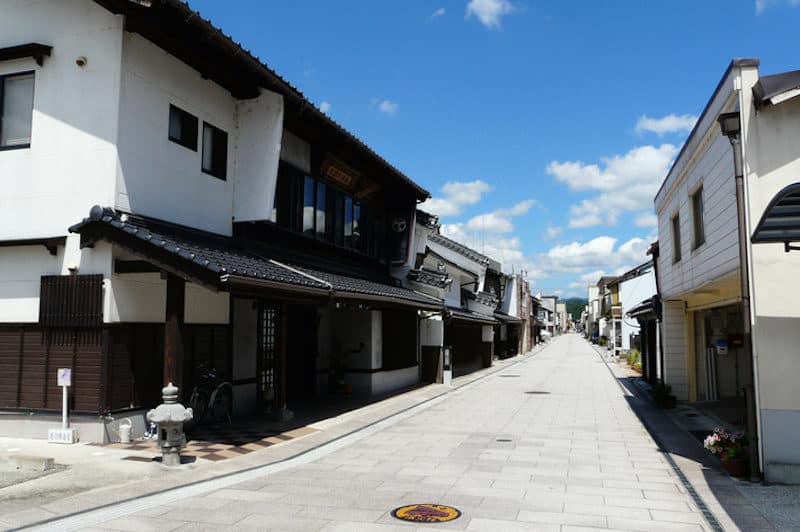
Many traditional merchant houses remain and, along with interesting shops and some nice cafes, you’ll also find sellers of Miyoshi Ningyo dolls for which the town has been known since the mid-seventeenth century.
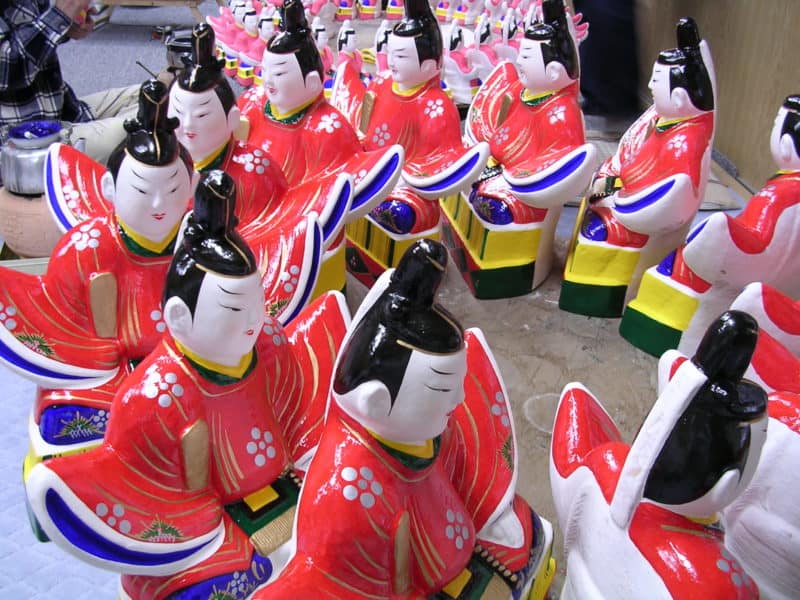
The 1000 cherry trees in Ozekiyama Park overlooking the Go-no-kawa River is the place for local hanami parties during cherry blossom season, day and night.
It is also in this area where, legend has it, a local samurai was visited by an encyclopedic parade of terrifying yōkai for 30 nights. References to the Inoumono-no-ke-roku in which the story was later published can be found around the city. There are plans to build a yōkai museum, but, for now, ghost hunters have to content themselves with a few exhibits in the Jusaburo Tsujimura Doll Museum which is, unfortunately, an English free zone.
Miyoshi’s history actually goes much further back than the Edo period. The Fudoki-no-oka history park contains a large number of burial mounds at least 1400 years old. The attached museum has some great displays, but, again, lacks explanation in English. The grounds, however, are a lovely place for a stroll. For a truly local experience, drop in at karaoke cafe ‘Hana Uta’ just outside the park gates for udon noodles and a singsong.
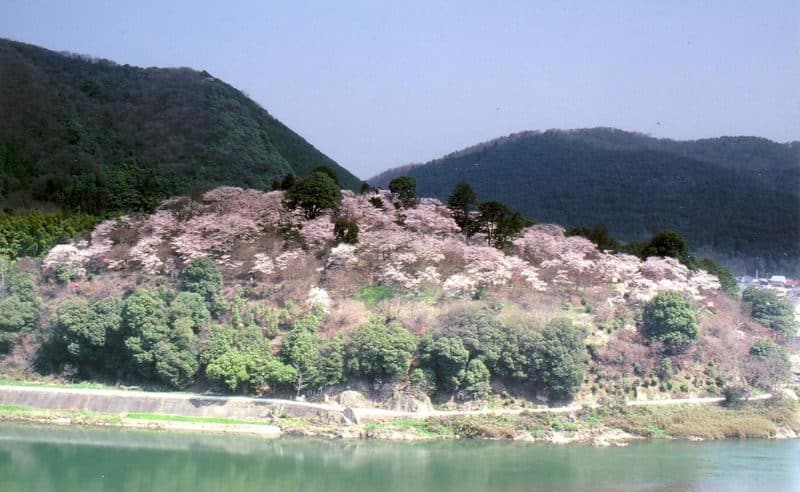
Converted sake brewery Himiko-kura Aka-neko is another atmospheric place to eat. Only open at weekends, it is the homebase of Ugawa Hiroki, author of the popular manga Asagiri-no-miko (‘Shrine of the morning mist’) set in Miyoshi. The restaurant which serves shabu-shabu and other Japanese food and local sake, hosts a monthly event for cosplayers and photographers every 2nd Sunday.
Miyoshi is a great destination for families. Little ones unable to partake of the free samples at the winery can hit (there are even a few alcohol-themed things to play on so they don’t feel too left out).
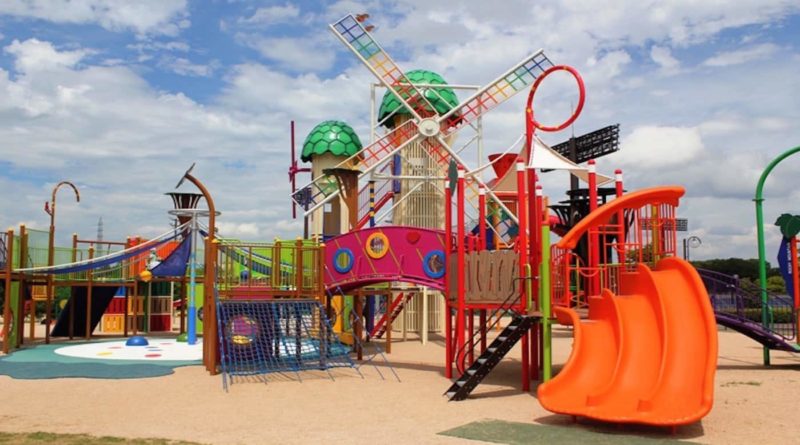
Also in the winery area is the nicely designed Okuda Genso-Sayume Art Museum. The permanent exhibition displays dramatic landscape paintings by locally-born Nihonga artist Okuda Genso and beautiful ceramic dolls created by his wife, Sayume. There are also a couple of interesting special exhibitions being held there this spring.
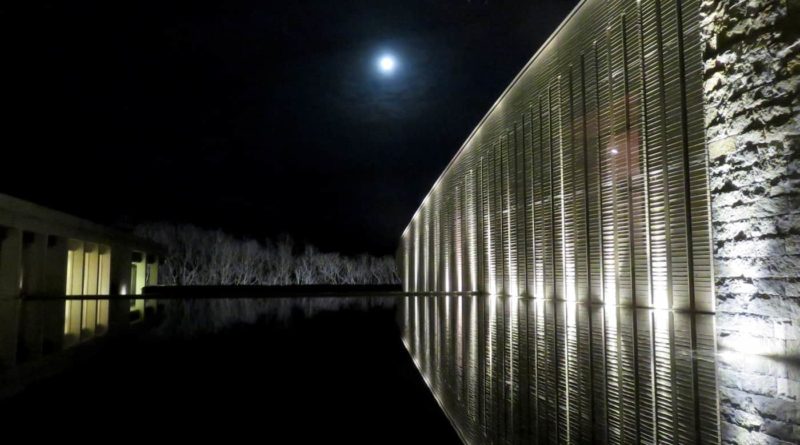
With the Toretta Miyoshi, which has a farmers market, bakery, buffet restaurant and outdoor seating, also in this area you can spend a few pleasant hours here. For those without a car, the 09:45 highway bus from Hiroshima Bus Center (bound for Miyoshi) makes a stop at the winery area at 11:25 and you can return to Hiroshima from here at 15:45. The fare is ¥1490 one way (departure times and price correct at time of writing).
North of the city center, the Kimita Origami Museum, housed in a former elementary school, is delightfully quirky. So too, are the oversized roadside cartoon characters which Miyoshi seems to have in abundance. Hirata Farm and Funo Fruitland offer fruit-picking, a favorite Japanese family outing, year round.
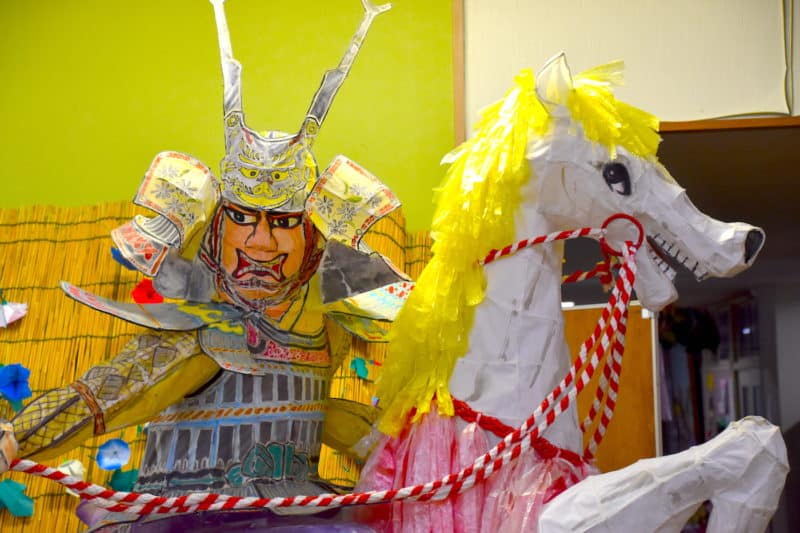
The further away you get from Miyoshi town, the more beautiful the scenery becomes. Following along the Go-no-kawa River by car, on the soon to be no more Sanko-sen train line, or by bicycle, is lovely. The intrepid can try out kayaks at the Canoe Center and Joseidaki Falls are impressive. Route 456 passes old shrines fronted by aged stone torii gates and tiny farming villages tucked into steep valleys on its way to Kannose Gorge.
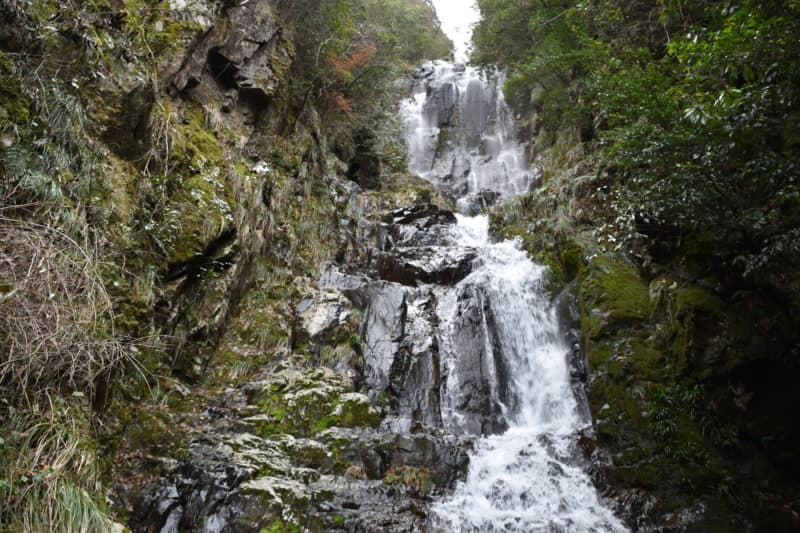
Make sure to stop at the Mori-no-izumi Hot Spring to soak in its silky smooth alkaline waters of its outdoor baths and the aforementioned origami museum.
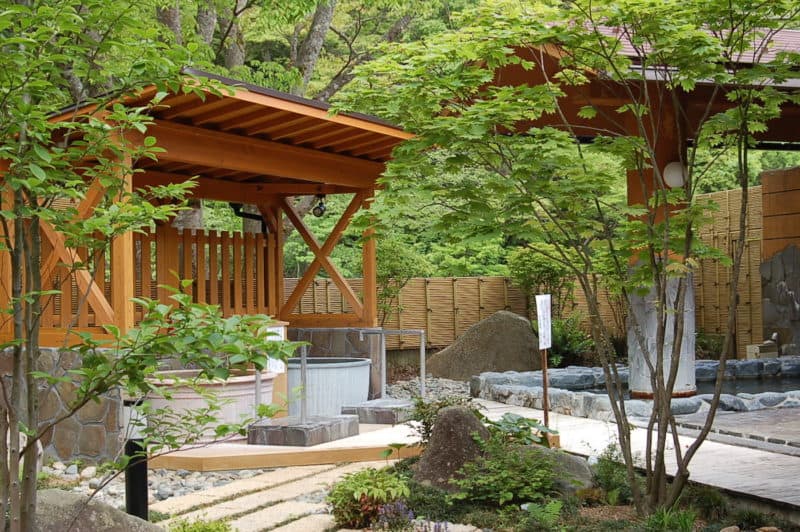
What about those sharks?
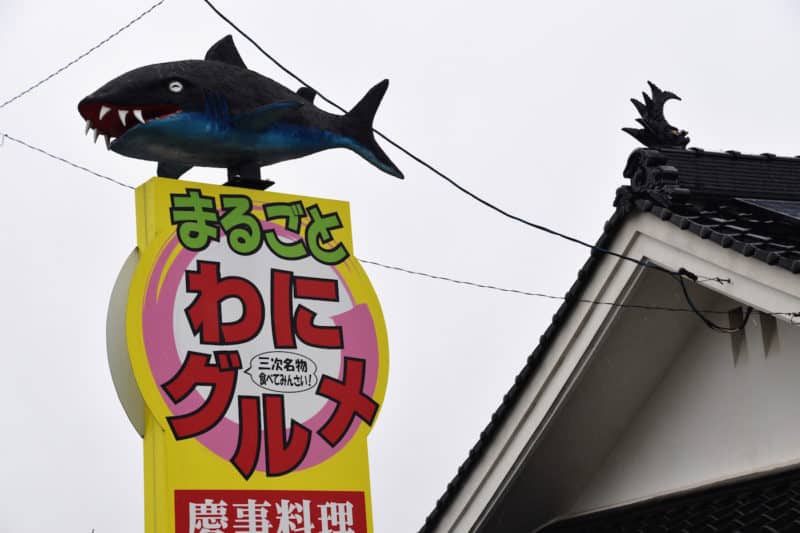
Despite being far from the coast, Miyoshi was always able to secure a supply seafood by river transport. As shark meat, procured from the Japan Sea, takes considerably longer to spoil than other fish, it became the meat of choice for sashimi and at celebratory meals. Visitors from outside the area are often surprised as the word wani means alligator in standard Japanese, but is actually the local word for shark around here.


